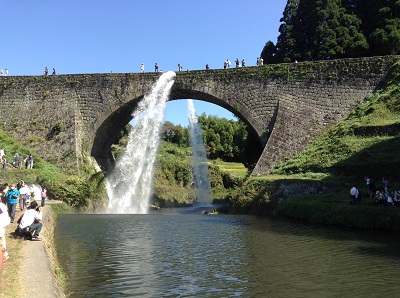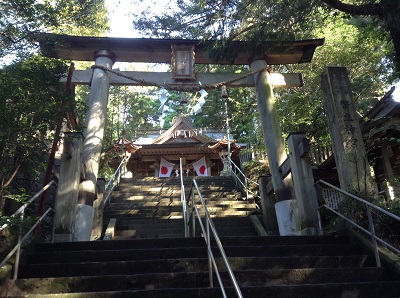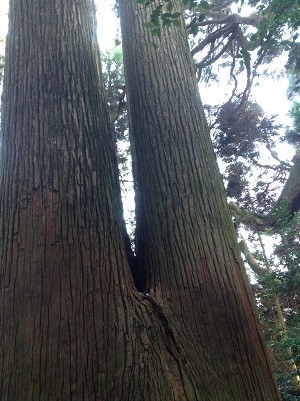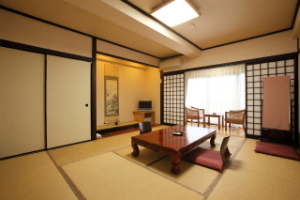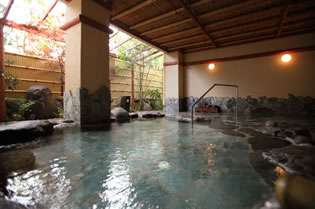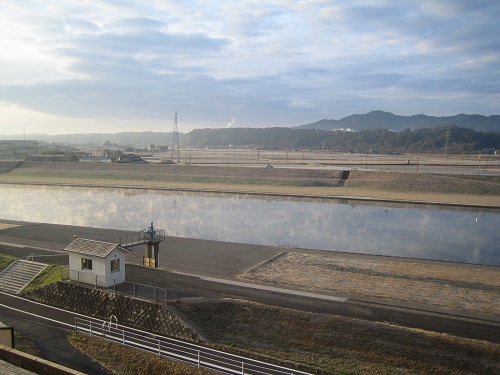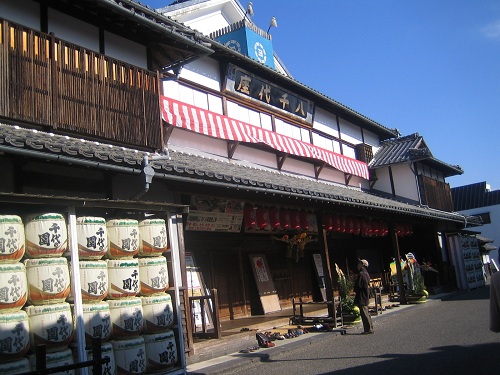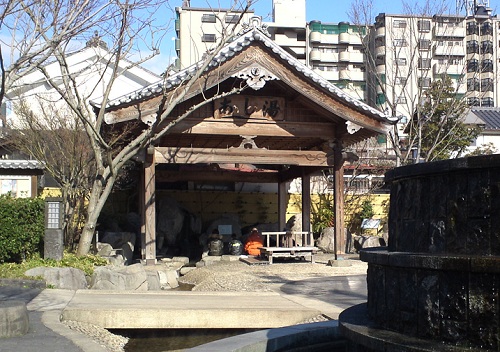Hello everyone. It’s been a while. How are you? I hope you are doing well. After all there was no post last year:-( I used to write my blog on the pc, but today the app was installed in my device! so I’m trying to write… The first posting is a picture of Japanese traditional sweets ”wagashi”.
Category Archives: culture
Transformers
I went to the movie “Transformers: Age of Extinction” this month. It was the first time for me to watch this series. In the movie, some unknown words and names came up. Therefore I couldn’t follow the story enough, but enjoyed it. I’m a little hooked on the various transforming scenes. Why don’t you watch them?
Rice-Cake Making By Firefighters
Hello, everyone. It’s been a while. How did you spend your holiday season? I hope that you’ll find hapiness and success in 2014. For Japanese, New Year’s day is more important than Christmas. Till the end of the year, we clean our house and prepare “osechi” the special dishes for the coming year. On New Years, we eat osechi foods with family and relatives. One of New Year’s foods is “zoni” vegetable soup. Japanese eat “mochi” rice cakes boiled in zoni on New Year’s Day. Not only that, we eat mochi with ground soybean, or sugar and soy sauce, in winter.
Near the end of the year, I happened to see rice-cake making (pounding boiled rice into mochi) festival by firefighters when I went to a shopping mall. Firefighters served rice cakes out to shoppers. Besides, they were giving a chance of riding a fire ladder truck to them.
Tsujunkyo Bridge
– A continuation of the last story –
After leaving Heitate Shrine I visited Tsujunkyo Bridge. Both are located in Yamato-cho.
Tsujunkyo Bridge is Japan’s largest stone-arch aqueduct bridge, which was built in 1854 for water supply to local farmers. For more information please click Japan Web Magazine.
Fortunately, I was able to see the waterfall which is a rare occurrence.
A Spiritual Place – The Heitate Shrine
The other day, I drove to a country side “Yamoto-cho” where it took an hour and a half to get from Kumamoto city. There are several sightseeing spots in Yamato-cho. One of them is the Heitate shrine. Most people living in Kumamoto don’t know it. However it is famous among some Japanese because it is known as a spiritual place, where a mystic force provides energy, good luck and healing to a person who stands there. It seems that many people outside Kumamoto visit there.
You have to go up a long stone stars to reach the shrine.
This is the main shrine.
The history of the shrine is written on the board. It has a long history as nobody knows when it was founded. It worships several Shinto gods.
There are many huge trees around the shrine. Somehow I felt refreshed.
The Shinto priest was performing a purification ceremony. Some Japanese go to shrine to pray or purify something such as wishing their happiness, good health, or exorcising a person or place of evil spirits. I’m not a religious person, but I have also gone to a shrine for a purification ceremony a few times before.
American Cartoons
When my family stayed in Hawaii, my daughter found a funny American cartoon on TV. Does anyone knows the title of it? Please leave a comment. I want to watch it ! The story was very interesting. The father turned out to be a gay, then he got a sex change surgery and became a female! lol What a story! I’ve never heard the story like that even on a TV program for adults in Japan. In addition, pictures of American cartoons are very different from Japanese ones. They are very unique. Some of American cartoons are available to watch on pay-TV in Japan.
The Dialects Are Interesting
Although I had thought the Canadian dialect is only “eh” at the end of the sentence, one of my blog readers told me about the Newfoundland English.
The red part is “Newfoundland and Labrador”, the easternmost province of Canada. It reminds me of the breed of dogs with the same name. Yes, they are from this province. It seems that their accent is very similar to the people of the west of England and the southeast of Ireland, because Newfoundlanders originally came from those areas. Some examples are “a vine summer” for a fine summer, “tree of dem” for three of them, “helbow” for elbow, “eel” for heel from Newfoundland English.
Even in Japan, there are many dialects despite it being a small country. English has a larger variety of accents worldwide. I feel that dialects are very interesting, but can be difficult to understand. This is a funny video. The comedian, Mark Critch, is lovely.
A Very Stylish Senior in NYC
When I was researching the seniors for my Super Granny Series, I came across an intriguing blog. It was Ari Seth Cohen’s “Advanced Style” blog. Mr.Cohen’s blog seems to be very popular, and you may have heard of him. He lives in NYC and reports on elderly street fashion trends. His works are very impressive. The seniors on his pictures are very fashionable. In Japan, it’s hard to come across such fashionable seniors like them even in Tokyo, I think. I hope to grow old elegantly like them. To me it seems fashion and colors preferences differ a little between the US and Japan. Elder Americans seem to prefer bright colors, while Japanese tend to prefer dark colors. I prefer bright colors though. Cohen has published a book called “ Advanced Style“(Power House Books, 2012)
Hot Spring Cure
I went on an overnight trip to “Yamaga onsen” with my family last week. An onsen is a mineral hot spring spa. Yamaga onsen is located within an hour’s drive, but we stayed one night for a change. The hotel we stayed in was “Yamaga New Grand Hotel”.
The room was a Japanese-style room. In those kinds of rooms, the guests sleep on a futon instead of a bed. The housekeepers move the table aside and lay out futons on the tatami covering the floor while guests have dinner.
This is the onsen bathtub in the hotel. (both pictures from hotel website)
“How to Enjoy a Japanese Bath” is taken from “Japan Ryokan Association Kinki“. I saw the poster displayed in another onsen. Before seeing the poster, I had no doubt I should wash my body first and then soak in the tub, because everyone around me do so. However, the poster said just rinsing is OK before sitting in a hot spring. Isn’t it unsanitary? But I’ve never heard of infection in hot spring. Umm I think I can say the same for a swimming pool? An onsen may be better than a pool because the abundant hot water is bubbling up all the time.
Room prices at hotels and inns around onsen usually include breakfast and dinner. The dinner is made with typical Japanese dishes. You can’t choose. But nobody complains about it because it’s delicious.
The Kikuchi River flows by the hotel. It was fine in the winter morning, but bitterly cold.
We took another onsen bath at Sakurayu. Edo-period onsen facility was rebuilt last year. Sakurayu was the onsen for the lord of this area during Edo era.
We went for a little walk. This is the theater “Yachiyo-za”. It is in use nowadays.
Here is the temple “Kongou-Jouji” and a unique stone-gate.
There is a public foot bath in the park.
On the way back home, I became very sleepy. Maybe the onsen worked on me. I almost dozed off at the wheel. I fell asleep as soon as I got home. The onsen has soothed away my fatigue. On the other hand, my children seemed to be discontent. My son complained, “It was a very boring trip!!!”
Solo Trip to Tokyo
I wrote about the dormitory on the last posting. Also I visited several places in Tokyo. One of them was Shinjuku Suehirotei. Entertainment shows, mainly Rakugo, are performed in this theater everyday. Rakugo started over 300 years ago. It is funny stories recited by professional story tellers, mainly in the form of one-person. Rakugo performers play the characters, so the audience can visualize the people in the scene dialogs. A Rakugo master, the central performer, is called a shin’uchi and is the last to perform This day’s shin’uchi was Sanyutei Enjo 三遊亭圓丈 The Japanese characters on the wall are the day’s performers’ names.

The next picture is Yasukuni Shrine. It was my first visit. Yasukuni is the special shrine. 2.1 million war dead from the Pacific War are enshrined there. Asian countries oppose visits to the shrine by Japanese leaders because Class-A Japanese war criminals are also enshrined there. I sometimes see it on the news.

On the way home, I boarded the Boeing 787. This aircraft is also called the Dreamliner. It uses Toray Industries’carbon fiber composite materials in its body and wings to reduce weight. It is said that it uses 20 percent less fuel per passenger than a conventional commercial airplane of the same size. It was fantastic that the lighting inside cabin was rainbow colors by LED.

Solo trip is really enjoyable 🙂


